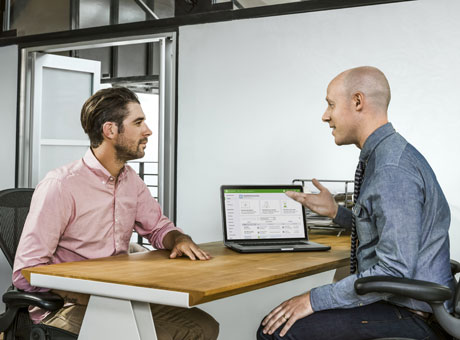Why are Cash Reserves Important?
Cash reserves are important because they can help you protect your businesses by providing cash flow in the event that unexpected expenses arise or revenue drops. An emergency fund can help you cover expenses without having to get a loan or stack up credit card debt.
Have you heard the sentiment about saving for a rainy day? Well, that’s the main benefit of your cash reserves—that amount of money you’ve set aside will be your umbrella when your business is in the middle of an unanticipated downpour. As much as you like to think that your business and cash flow are stable and predictable, plenty of surprises can come swooping in from left field.
Just look at the major impacts the COVID-19 pandemic has had on small businesses across Canada. Recent data from Statistics Canada shows that nearly 100,000 businesses that were active in February 2020 remained closed in November 2020 as a result of the coronavirus. When small business owners needed to shut down in the interest of public health, many didn’t have the necessary cash reserves to sustain them.
Although the pandemic was nearly impossible to plan for (and very few business owners can keep enough liquid cash on hand to carry them through months of shutdowns and halted business anyway), it’s worth noting that many small businesses don’t keep nearly enough money in their reserve funds—even when things are “normal.”
Cash reserves will keep your business afloat when faced with unpredictable expenses or circumstances.




